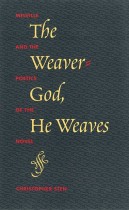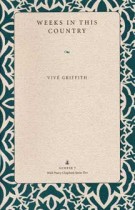We Wear the Mask
Willie J. Harrell Jr | Filed under: African American Studies, Discover Black History, Literature & Literary Criticism
Willie Harrell has assembled a collection of essays on Dunbar’s work that builds on the research published over the last two decades. Employing an array of approaches to Dunbar’s poetic creations, these essays closely examine the self-motivated and dynamic effect of his use of dialect, language, rhetorical strategies, and narrative theory to promote racial uplift. They situate Dunbar’s work in relation to the issues of advancement popular during the Reconstruction era and against the racial stereotypes proliferating in the early twentieth century while demonstrating its relevance to contemporary literary studies.










